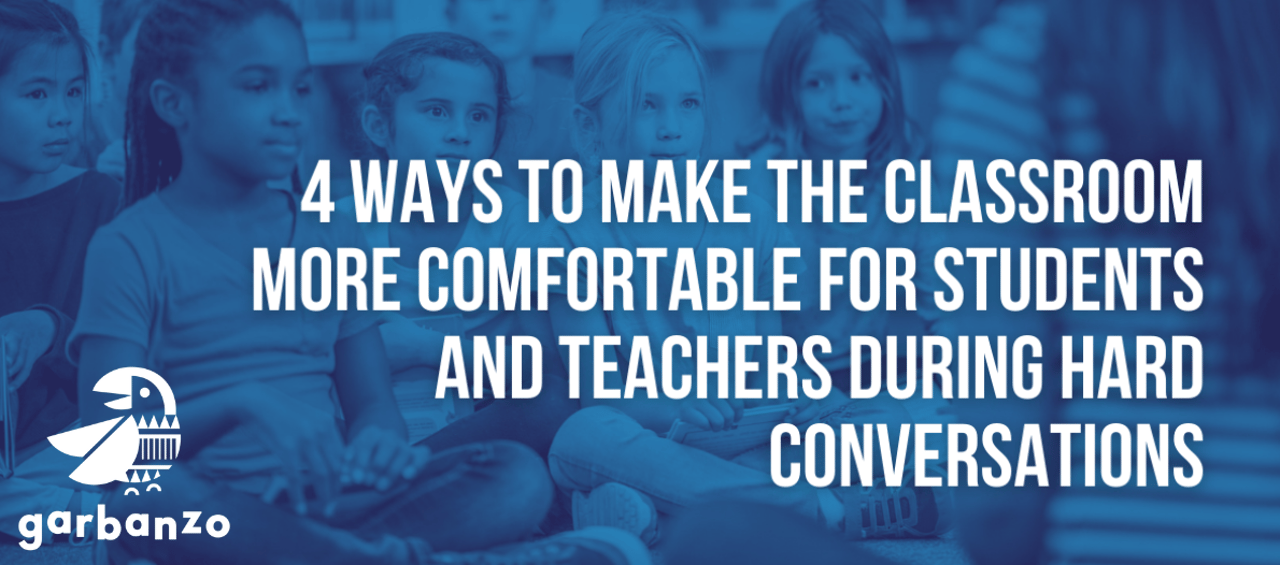Getting students to engage in conversations can be challenging if you've ever taught in a classroom. No one wants to feel uncomfortable, and sometimes the best way to avoid it is to just avoid the conversation altogether.
But if we want our students to be equipped with the skills they need to navigate their lives, we have to give them opportunities to practice those skills. We must make our classrooms as comfortable as possible for all of us—students and teachers alike—when we're having these challenging discussions.
Here are four ways you can make your classroom more comfortable for everyone involved:
Get away from desks.
Chairs are more conducive to a more relaxed atmosphere, especially when set up in a circle. It's easier for students to sit back in their chairs, lean over and whisper something to each other if they need to, or just stretch out their legs without feeling like they're being judged by their peers. Plus, a circular formation will allow teachers to see all of their students at once—and that helps them keep track of who needs help understanding something or why someone may be acting out in class that day.

If you have a deskless classroom, set chairs in a circle. If you don't, tell your students to sit as comfortably as possible.
Make sure you set expectations ahead of time.
You need to first set expectations with your students and parents about what types of discussions will happen in class. You don't want anyone getting blindsided by something they weren't expecting!
You also need to let them know how they should behave during those discussions—what kind of language is acceptable? What kind isn't? And if there are any rules around participation (i.e., only allow one person at a time). This way, everyone knows what to expect before class starts, so there aren't any surprises or hurt feelings later on.
Give students time to prepare before they enter into an uncomfortable conversation.
This could include writing down questions or concerns about the topic or rehearsing what they might say during discussion time to prepare for questions or comments from their peers.
When possible, allow students who are uncomfortable with a topic or a question to opt-out of answering if they choose (and encourage them not to feel guilty about doing so). This allows them to participate without feeling like they need to answer everything others ask, which can sometimes make people feel more anxious than when they choose not.
Don't just talk to kids—make sure they feel heard, too!
If a student asks a question or has something important to say during a tough conversation, let them speak up before answering them yourself. This will help everyone stay focused on what's happening in the room instead of just waiting for their turn to speak (which can be distracting). Take turns talking about how everyone is feeling after a complicated conversation has ended; this will help your class keep track of what happened during those moments and ensure no one gets left out of any discussions going forward!

Take the time to listen to what students have to say and validate their feelings.
While unwanted and challenging, hard conversations in the classroom are an unavoidable part of learning. They're also an essential step towards creating a better world. If you keep the empathy guidelines we've listed above in mind when you approach these types of discussions, you should have a much more productive time than if you followed your gut instinct to handle them.
By Natalia Alvarez
Former Spanish teacher



